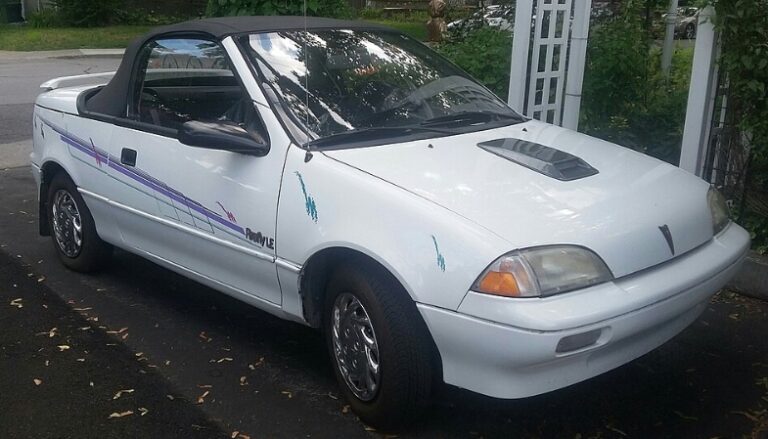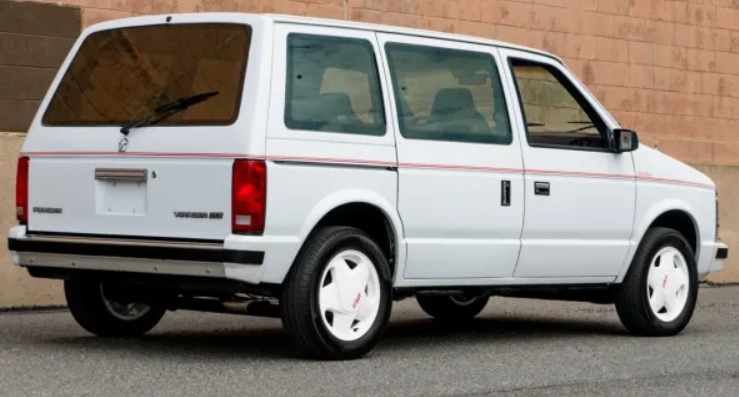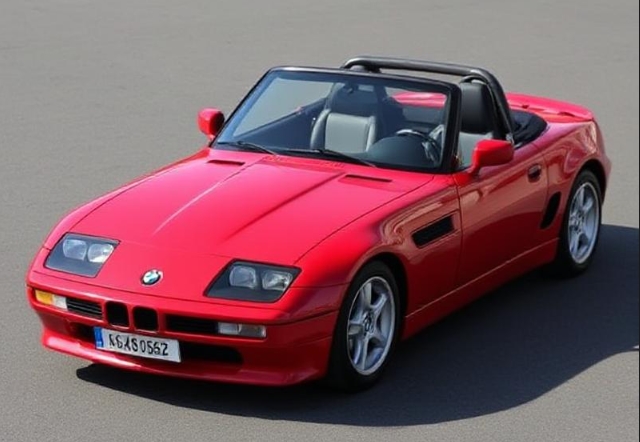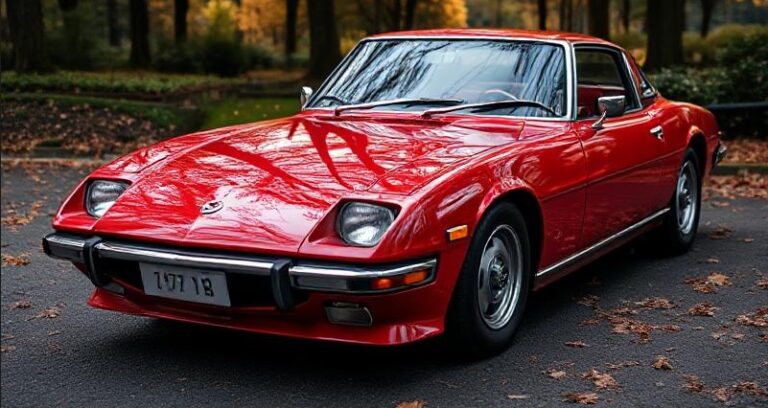The Evolution of the Ford Tempo: A Compact American Legacy
For nearly a decade, the Ford Tempo represented Ford’s foray into the compact car market, embodying a blend of practicality, modest performance, and affordability that appealed to the American family. Its lifecycle spanned nearly ten years—from its introduction in 1984 to its discontinuation in 1994. This article explores the evolution of the Ford Tempo across its production years, detailing its various models and trim levels.
Introduction: Birth of the Ford Tempo (1984)
The Ford Tempo debuted in 1984 as a replacement for the Ford Fairmont. Designed to be an economical and compact vehicle, it was built on Ford’s first front-wheel-drive platform. The Tempo was conceived during a period of heightened competition in the compact car sector, dominated by Japanese automakers. Ford aimed to capture market share with a design that was both functional and appealing to a broader audience.
Initial Model Year (1984)
The 1984 launch of the Ford Tempo offered consumers a choice between two body styles: a two-door coupe and a four-door sedan. It came equipped with a base 2.3-liter inline-four engine producing 88 horsepower or an optional 3.0-liter V6 engine with 110 horsepower. Trims offered in this early stage included:
- Base: The most straightforward model, focusing on practicality over luxury.
- GL: The GL trim added more comfort features, including upgraded upholstery and a better sound system.
The Tempo quickly gained popularity, thanks to its competitive pricing and lightweight design, which contributed to decent fuel efficiency.
Mid-1980s Evolution (1985-1986)
The success of the Tempo propelled Ford to continue developing the model through the mid-1980s. In 1985, more options became available, such as a five-speed manual transmission alongside the existing automatic. Optional features like air conditioning, power windows, and a digital dashboard became available, making the Tempo more appealing to a broader audience.
In 1986, Ford introduced the Tempo GLX, which featured added amenities such as power door locks, premium interior trims, and alloy wheels.
The Late 1980s and Facelift (1987-1989)
The Tempo underwent its first major redesign in 1987, enhancing the overall look with more modern styling cues. The headlights became larger, and the overall silhouette became sleeker, marking a shift toward a more contemporary design language.
During this period, the range of available trims expanded.
- Base: Retained its essential features.
- GL: Continued to provide more comfort options.
- GLX: Solidified its place as the premium trim within the Tempo lineup.
- New Sport Package: Offered a more performance-focused option, including sport-tuned suspension and a distinctive graphic package.
By 1989, Ford continued to shift marketing strategies to compete directly with newer compact models, especially those imported from Japan.
The Final Production Years (1990-1994)
As the 1990s rolled in, the Ford Tempo underwent further refinement. The design remained mostly the same, but small changes were implemented to keep the vehicle aligned with consumer preferences and emerging regulations.
1990 marked a continuation of the platform with more emphasis on comfort and safety. The Tempo moved toward enhanced safety features like anti-lock brakes and SRS airbags in later models.
The Tempo’s trim levels became more defined:
- Base Model: Maintained a focus on economy.
- GL: Continued to offer incremental comfort and convenience.
- GLX: Differentiated itself with upscale features including leather upholstery and a more robust sound system.
- SE: Introduced as a new trim in 1991, providing a sportier style with unique exterior features.
Throughout the early 1990s, focus shifted more toward efficiency as fuel prices fluctuated. The Tempo remained a popular economical choice until its final year.
.
THIS is GOOD stuff if your car is in need:

.
Discontinuation and Legacy (1994)
The Ford Tempo was officially discontinued in 1994, with the final units rolling off the assembly line. During its production run, over 1.5 million Tempos were sold. The car had its share of critics, particularly regarding its driving dynamics, but it also found a solid niche among family-oriented buyers and individuals seeking a reliable day-to-day vehicle.
The Ford Tempo was ultimately replaced by the Ford Contour in the mid-1990s, which marked a shift in Ford’s strategy to offer a more European-style compact sedan. While the Tempo had managed to secure a place in American automotive history, it represented a bygone era of simpler, practical vehicles that catered to the burgeoning compact market in the United States.
Conclusion: The Ford Tempo’s Impact
Reflecting on the Ford Tempo’s evolution reveals its significance as a staple of American automotive history. It entered a market on the brink of transformation, offering compactness and fuel efficiency at a time when consumers were increasingly concerned about both these factors. Through continuous adjustments, refinements, and variations in trims and models throughout its lifecycle, the Tempo managed to adapt while maintaining its core identity.
Though overshadowed by newer models, the Tempo remains fondly remembered by enthusiasts and is often cited in discussions about the evolution of Ford’s compact offerings. The legacy of the Ford Tempo serves as a reminder of an era where American manufacturers fiercely competed with the global market and presented vehicles that catered to a diverse range of consumer needs.
As the automotive industry moves into a new age of electrification and technological sophistication, the lessons and innovations from vehicles like the Ford Tempo continue to influence today’s compact cars.







